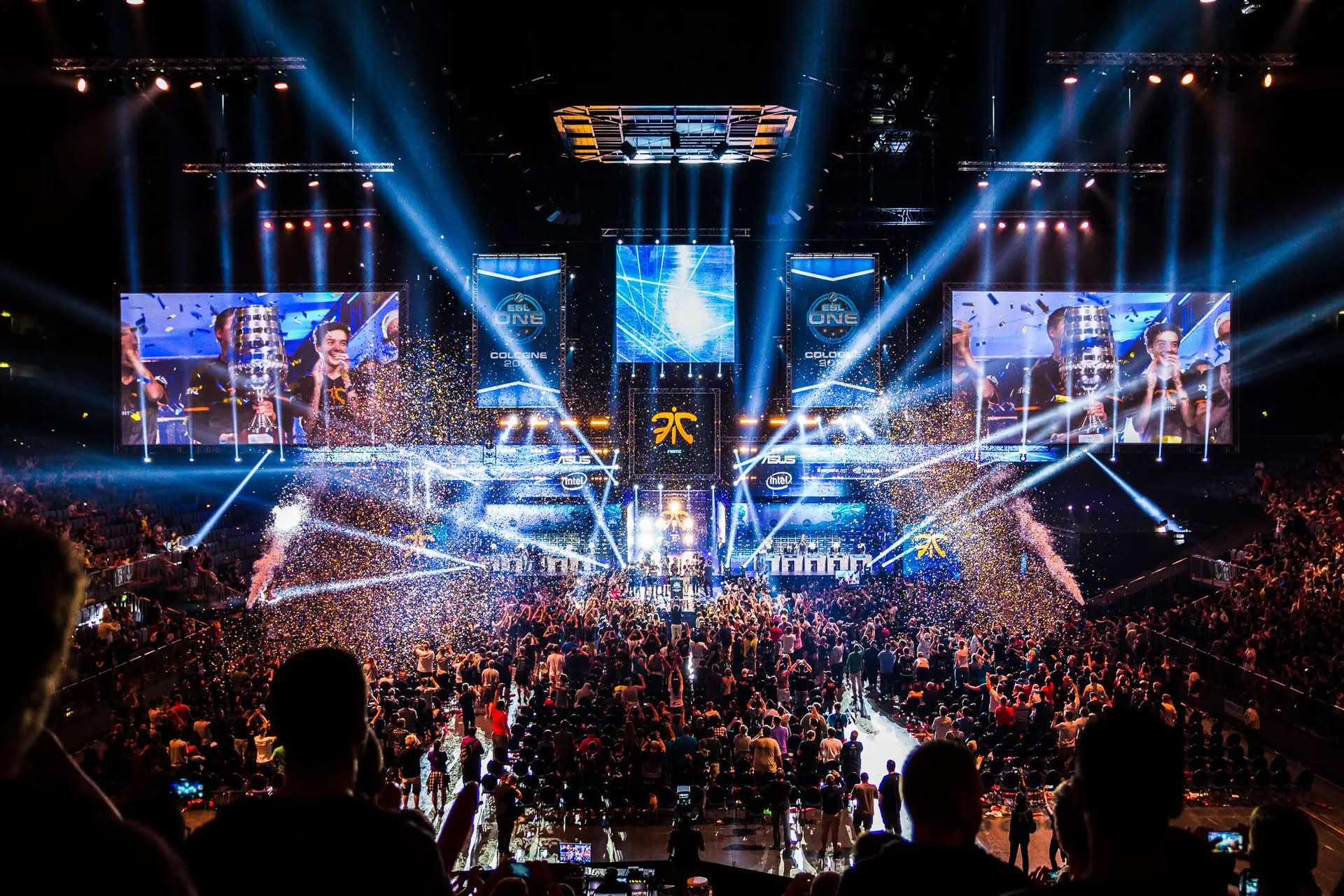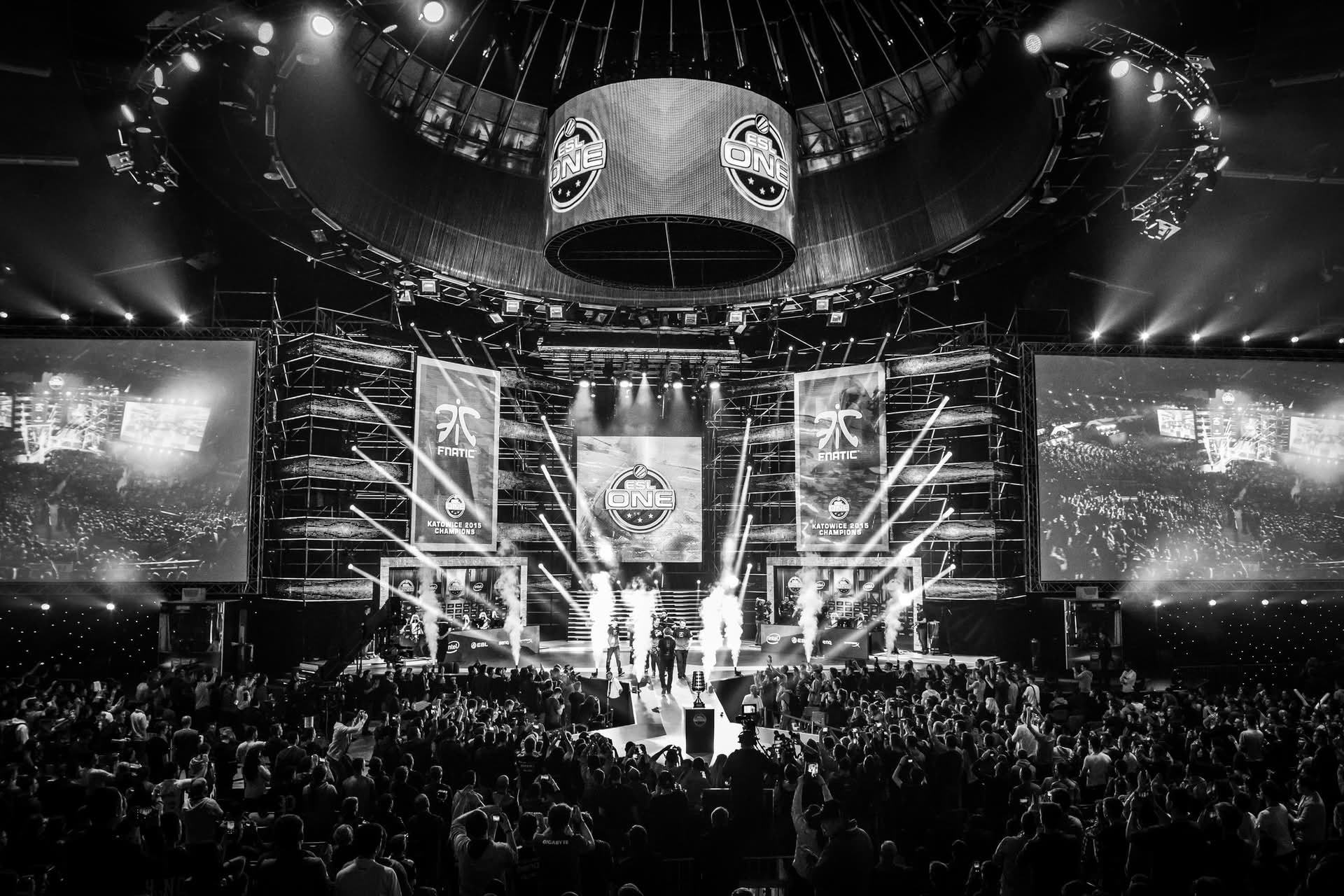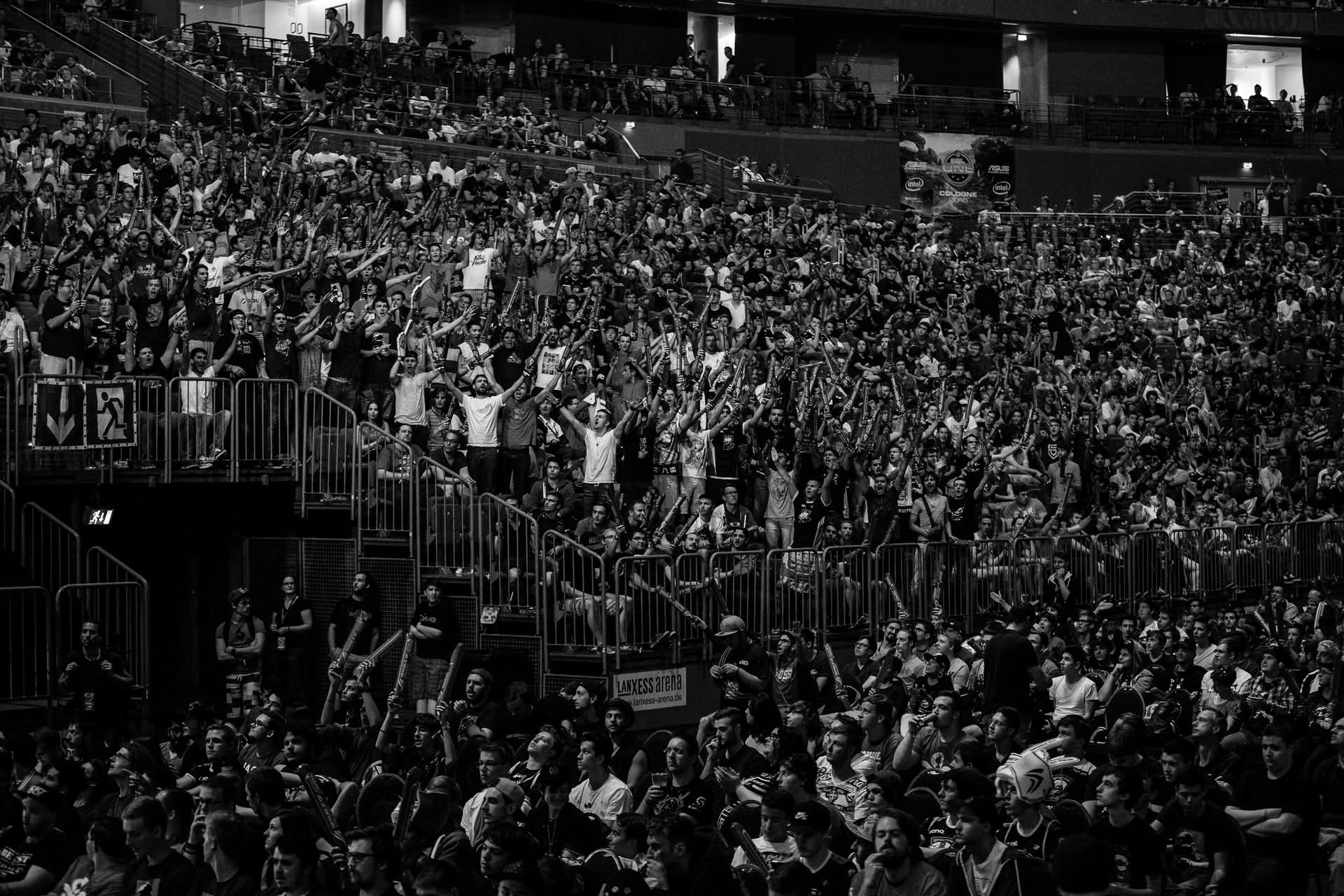and the distribution of digital products.
The role of real-time data in competitive gaming

In competitive gaming, success is not only determined by skill, strategy, and teamwork but also by the ability to process and respond to real-time data. As the esports industry grows, real-time data has become a critical asset for players, teams, and coaches to make swift, informed decisions during matches. Whether it’s tracking player performance, monitoring in-game events, or analyzing team behavior, the role of real-time data has expanded across various esports titles, including the newly launched Counter-Strike 2 (CS2).
This article explores how real-time data is leveraged in competitive gaming to optimize decision-making, providing examples from games like CS2, and specifically referencing tools like Reck CS2 stats, which are integral to enhancing performance and tactical awareness.
The importance of real-time data in competitive gamingCompetitive gaming, or esports, is an intense environment where split-second decisions can determine the outcome of a match. In games like CS2, Dota 2, and League of Legends (LoL), players and teams are required to make hundreds of decisions within minutes—whether it’s positioning, item purchases, resource management, or tactical adjustments. Real-time data allows players to gain a deeper understanding of these dynamic factors, ensuring they can respond to evolving game conditions instantly.
For instance, in games like CS2, players use real-time data to analyze enemy positioning, weapon loadouts, utility usage, and more. By having access to up-to-the-second information, teams can change their strategies on the fly, adjusting their approach to better counter their opponents. This is especially important in games that rely heavily on mind games, prediction, and counter-strategies like Counter-Strike.

With the launch of Counter-Strike 2 (CS2), Valve introduced several gameplay changes, making real-time data even more crucial. In this high-paced, tactical first-person shooter, players must react instantly to in-game developments, from grenade throws to gunfire and enemy locations.
Real-time data in CS2 covers several aspects of gameplay. Players can monitor live metrics such as economy, team positioning, and opponent strategies. This allows them to optimize decisions, like when to buy specific weapons or how to rotate through the map. Tools like Reck CS2 stats provide teams with instant feedback on performance metrics, such as headshot accuracy, kill-to-death ratios, and utility effectiveness, which are essential for adjusting play styles mid-game.
For example, imagine a CS2 player checking Reck CS2 stats during a game. If they notice their utility efficiency is low (i.e., not enough damage or strategic use of grenades), they may shift their focus to improving grenade throws in the next few rounds. In a competitive environment, these micro-adjustments can be the difference between winning or losing a round, or even the match.
Real-time data in team decision-makingReal-time data doesn’t only influence individual players but also impacts team dynamics in competitive gaming. Coaches and analysts increasingly rely on real-time stats to relay critical information to players, either during matches or in between rounds. In games like CS2, Dota 2, and Rainbow Six Siege, teams use real-time analytics to tweak their tactics as a unit.
In Counter-Strike 2, for example, real-time data on economy management (money earned by players in-game) is crucial for a team to decide whether to invest in powerful rifles or save for a later round. Real-time economy tracking allows players to instantly calculate whether they can afford armor, grenades, or even if they should save money in a particular round for better buys in the future. When tools like Reck CS2 stats are involved, coaches can quickly see the team’s overall performance, compare individual player stats, and suggest strategic adjustments based on what the data shows.
In team-based games, real-time data is often fed into software that visualizes heat maps, showing where players are spending most of their time on the map. For example, in CS2, if data shows that an opposing team consistently holds certain choke points, the coach can communicate this to players, recommending they use utility (grenades or smoke) to force opponents out of these positions.
Leveraging real-time analytics in other gamesThe importance of real-time data is not exclusive to CS2. In fact, almost every major competitive game has embraced real-time analytics, providing teams with the tools they need to stay ahead of their competition.
League of Legends (LoL)In League of Legends, real-time data impacts macro and micro decisions on the map. Real-time statistics are used to track gold income, vision control, and cooldowns on enemy abilities. For example, when a team sees in real-time that a crucial ability (such as a game-changing ultimate) is on cooldown, they can decide to engage in a team fight, knowing they have an advantage.
Real-time vision tracking is another critical component. Teams rely on vision wards to maintain control of objectives like the Baron or Dragon. By tracking enemy vision through real-time analytics, teams can identify safe windows to engage objectives or plan an ambush.
Dota 2In Dota 2, real-time data analytics enable teams to track player health, mana, item progression, and cooldowns of critical abilities. During intense team fights, this data is essential for calculating whether to engage or retreat.
For example, if a player sees in real-time that an enemy is about to finish building a game-altering item like the Black King Bar (BKB), they might inform their team to avoid fights until they are better prepared. Similarly, real-time tracking of experience and gold can help a team decide whether to prioritize farming in safe areas or make an aggressive push.
FortniteIn battle royale games like Fortnite, real-time data plays a huge role in decision-making during the chaotic endgame. Players use real-time data to track the shrinking storm circle, opponent positions, and their own resources. Pro players also monitor the state of their builds, weapon durability, and materials in real-time, all while managing high-pressure situations.
The tools powering real-time data in gamingBehind the scenes, a vast ecosystem of tools and platforms helps capture and display real-time data in competitive gaming. From in-game overlays to third-party software like Reck CS2 stats, these tools aggregate a wealth of information and present it in an easily digestible format. Here’s how they work:
In-Game Overlays: Many games, including CS2, provide players with real-time overlays showing key metrics. This can include damage dealt, accuracy, and economic data, which players can use to adjust their playstyle in real-time.
Data Visualization Tools: Real-time data tools, like Reck CS2 stats, offer visual representations of player performance, including accuracy, kill-death ratios, and grenade usage. This helps teams quickly identify weaknesses and strengths in their strategy. For instance, in CS2, teams can use such tools to determine which bombsite they’re struggling to defend and whether they need to change their defensive positioning or utility usage.
Live Game Analysis Software: Many esports teams use sophisticated software to collect and analyze real-time game data. This data includes player positioning, movement patterns, and resource management, which coaches and analysts use to make rapid decisions on strategy and tactics.
The challenges of implementing real-time dataWhile real-time data is a powerful tool, there are challenges in implementing it effectively. One of the biggest hurdles is the sheer volume of information. In fast-paced games like CS2 or Dota 2, players and teams must sift through a constant flow of data without getting overwhelmed. Too much information can be distracting, leading to analysis paralysis.
This is where the role of data analysts and coaches becomes crucial. By using tools like Reck CS2 stats, they can distill complex data into actionable insights, providing only the most relevant information to players at key moments. Successful teams are those that can balance the influx of real-time data with their instincts and experience.
Another challenge lies in the accuracy of data. In some cases, real-time data can be delayed due to server issues or technical limitations. Ensuring that the data is both timely and precise is essential for making the correct decisions in the heat of competition.

As competitive gaming continues to evolve, the role of real-time data will only grow in importance. Advances in artificial intelligence (AI) and machine learning (ML) are likely to improve the way data is captured, processed, and analyzed in real-time. In the future, AI-driven tools could automatically suggest strategies based on live data, enhancing the decision-making process even further.
Moreover, as esports grows and becomes more integrated with mainstream sports, we can expect even more sophisticated tools to emerge, offering deeper insights into player performance, team dynamics, and game strategies. Platforms like Reck CS2 stats are just the beginning of this revolution, showing how even subtle improvements in real-time data can lead to significant competitive advantages.
ConclusionThe role of real-time data in competitive gaming is undeniable. From tracking player performance to making rapid tactical adjustments, real-time data has become an integral part of modern esports. In games like CS2, Dota 2, and League of Legends, players and teams rely on such tools to analyze Reck CS2 stats and many more players to optimize their strategies, improve individual performance, and outsmart their opponents.
As technology advances and data becomes more accessible, the gap between instinctual play and data-driven decision-making will continue to shrink. The teams and players who can best leverage real-time data will have a clear edge in the high-stakes world of competitive gaming, setting new standards for how the game is played at the highest level.
Image credits: ESL
- Home
- About Us
- Write For Us / Submit Content
- Advertising And Affiliates
- Feeds And Syndication
- Contact Us
- Login
- Privacy
All Rights Reserved. Copyright , Central Coast Communications, Inc.